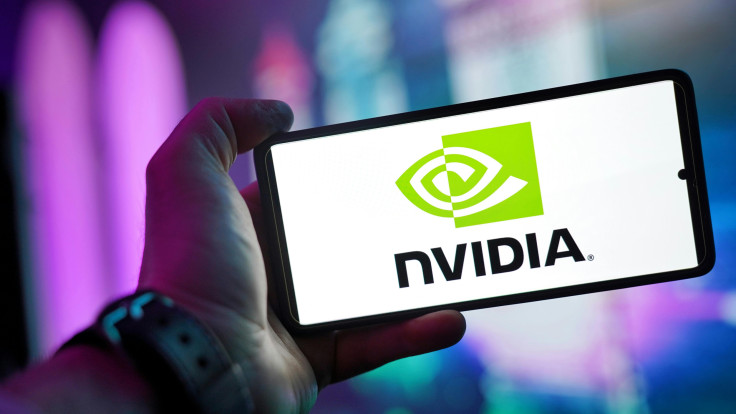Was Nvidia Always Destined to Dethrone Microsoft as the World's Top Tech Titan?
This isn't luck, Nvidia pivoted from gaming chips to AI in the 2000s, a visionary move by CEO Jensen Huang

Nvidia's meteoric rise to a £2.76 trillion ($3.73 trillion) market cap, overtaking Microsoft to become the world's most valuable publicly traded company on 03 June 2025, has sparked debate: was this AI chip giant always fated to claim the crown?
According to Business Insider, Nvidia's stock surged 3% to $141.40, pushing its valuation to £2.76 trillion ($3.730 trillion), just edging out Microsoft's £2.75 trillion ($3.716 trillion).
Fuelled by insatiable demand for its AI chips, Nvidia's ascent seems unstoppable. But was its triumph inevitable, or a product of timing, innovation, and market frenzy?
Ride the AI Wave to Victory
Nvidia's dominance hinges on its AI accelerators, particularly GPUs like the H100 and B100, which power generative AI models for tech giants like OpenAI and Meta.
Nvidia said it expects about £33.3 billion ($45 billion) in sales in the current quarter, versus LSEG estimates of £34 billion ($45.9 billion) in sales in the July quarter, as per CNBC.
This isn't luck, Nvidia pivoted from gaming chips to AI in the 2000s, a visionary move by CEO Jensen Huang.
On X posts, users like @DivesTech call Nvidia's chips 'the new oil' of tech, reflecting investor euphoria.
Yet, Microsoft's cloud and AI integration via Azure kept it neck-and-neck, suggesting Nvidia's lead wasn't predestined but earned through relentless innovation.
Outsmart Rivals with Bold Bets
Nvidia's edge lies in its early bet on AI, but it faced stiff competition. CNBC notes that Nvidia, Microsoft, and Apple have traded the top spot since mid-2023, with Nvidia briefly leading in January 2025.
Microsoft's diversified portfolio, spanning software, cloud, and AI, made it a formidable rival, yet Nvidia's 80% grip on the AI chip market gave it a unique edge.
Strategic partnerships with cloud providers and investments in energy-efficient chips further solidified its position.
However, risks like Trump's chip export controls, costing Nvidia £6.4 billion ($8.6 billion) in projected revenue, show its path wasn't without hurdles.
Nvidia's ability to navigate these while scaling AI infrastructure tipped the scales.
Seize Momentum Amid Market Risks
Was Nvidia's rise inevitable? Not quite. Its stock surged 173% in 2024, per Al Jazeera, but investor optimism about AI carries risks.
Analysts warn that any slowdown in AI spending could trigger a correction, as seen in past tech bubbles. Nvidia's after-hours trading gains, 82% of its 2024–2025 rally, per The Globe And Mail, highlight speculative fervour.
Meanwhile, Microsoft's steady 9% stock rise in 2025 reflects its resilience. On X, some users caution that competitors like AMD and Intel could challenge Nvidia's dominance.
Destiny or not, Nvidia's lead depends on sustaining AI demand and outpacing regulatory and competitive threats.
AI Crown Demands Constant Grit
As Nvidia basks in its £2.76 trillion ($3.73 trillion) valuation on 04 June 2025, its ascent to the world's most valuable tech titan marks a pivotal moment in the AI revolution.
This isn't a tale of destiny, but of audacious bets on artificial intelligence, relentless innovation, and seizing the moment when rivals faltered.
Yet, the crown sits heavy, market volatility, regulatory pressures, and hungry competitors like AMD and Intel loom large. Nvidia's grip on the AI chip market must withstand the test of time, demanding not just vision but unyielding adaptability.
For now, it leads the charge, but staying atop this tech throne will require grit, ingenuity, and a fearless drive to shape the future, because in the AI race, standing still is not an option.
Originally published on IBTimes UK



















